Dementia-Friendly Environments with Function and Care
Quilt Community is a program designed to redefine senior caregiving. We use interdisciplinary research, innovative architectural design, and the power of technology to create scalable, dementia-friendly community models. Our approach integrates therapeutic environments, personalized care, and AI-enabled support to set a new standard in dementia care, improving the quality of lives while providing more comfortable working conditions to caregivers.
Technology-Driven Solutions to Dementia Care
At Quilt Community, we are guided by a paramount question: How can people with dementia live with dignity, autonomy, and connection while receiving the care they need? Over one million people in Canada are projected to live with dementia by 2030. Under this historic demographic shift, it is vital to close critical gaps in access, cultural inclusion, and professional geriatric training in elderly care.


P3 Partnerships

Nonprofit and For-Profit Joint Ventures

For-Profit Ventures
Business-oriented models focused on long-term growth and market-driven solutions.
Industry expertise, modular construction, AI Intervention
We plan, build, and engage communities, guided by research and expertise across six key domains. Each domain plays a vital role in shaping an operational model that allows us to design environments that truly work for dementia-friendly communities.
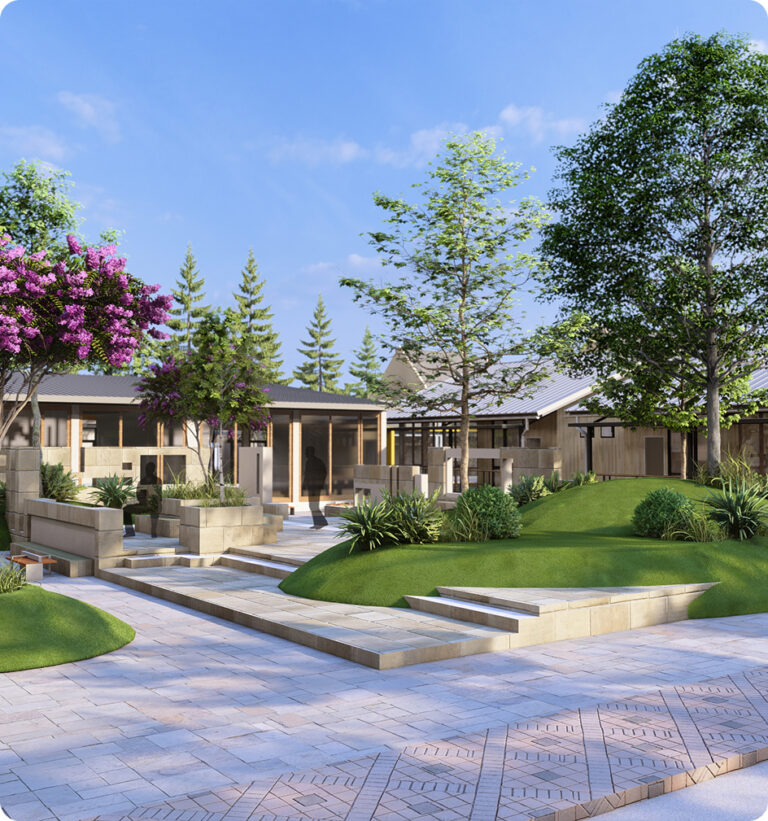
Gerontology & Cognitive Science
Guides care model development and supports the design of spaces suitable for individuals with cognitive impairments.
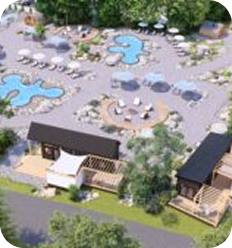
Public Health & Healthcare Systems
Ensure the model aligns with larger healthcare frameworks, with a focus on providing access to essential healthcare services for every community member.
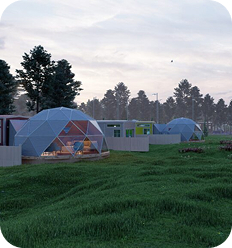
AI & Smart Infrastructure
Supports caregivers and community residents to create a safe, more interactive, personalized environment.
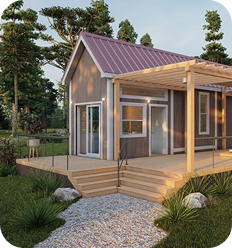
Sustainable Urban & Environmental Planning
Provides a sustainable, accessible, walkable, and age-friendly environment
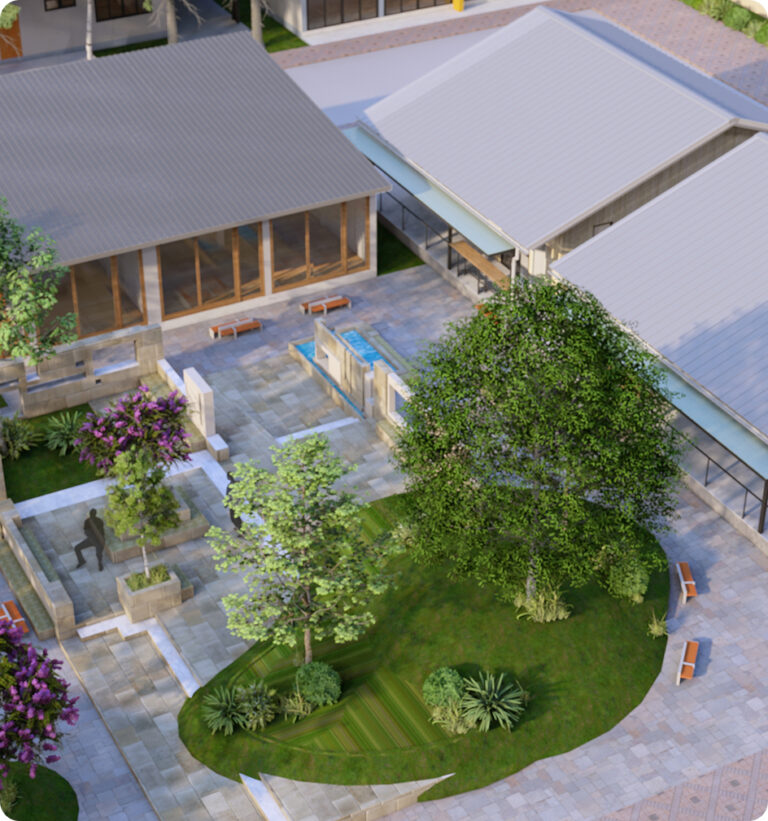
Modular Architecture & Construction Engineering
Plays a key role in designing durable and adaptable physical environments to meet evolving needs over time

Behavioral Science & Social Systems
Gives an understanding of social behavior, social support systems, and community dynamics within the dementia-friendly village
Modular Construction Systems: Meeting The Infrastructure Requirements For Dementia-Focused Care
Quilt modular villages are designed to scale and adapt: fitting into urban, rural, or remote environments, and adjusting to local care needs, land availability, and infrastructure capacity.
Cost-effectiveness
Off-site manufacturing reduces construction time and minimizes labor demands, lowering overall expense. Standardized production ensures pricing stability across different sites.
Adaptability
The system supports multiple care models: from independent living to full assistance. Additional home care services can be seamlessly integrated into existing infrastructure over time without major redesign.
Portability/Mobility
Modular units are easy to relocate and offer flexibility to organizations operating across shifting land use or developing infrastructure plans. Jack systems and integrated hook-ups minimize site preparation and simplify disassembly.
Data-driven decisions
Quilt uses passive monitoring systems to detect behavioral changes, movement patterns, and sleep irregularities, helping staff identify issues before any damage is done.
Smooth daily operations
Automating routine tasks and coordinating workflows reduces the burden on staff. Predictive maintenance helps to decrease the effect of incidental utilities disruptions. Real-time dashboards allow administrators to track resident movement, room usage, and service delivery.
Financial sustainability
Studies show that AI-enabled monitoring can reduce emergency interventions by 20% and staff burnout by 25% in long-term care settings. The application of artificial intelligence helps to reduce costs, making use of resources and care delivery more precise
Subscribe to receive our latest updates
We are actively collaborating with researchers, designers, engineers, technologists, caregivers and healthcare professionals to develop, test, and refine every part of the Quilt Community model. If you’re passionate about shaping the future of dementia care, we invite you to contribute to our organization.
